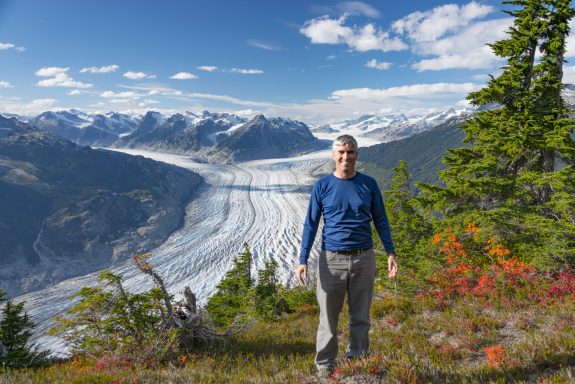Supercomputer Allows Scientists to Measure World’s Shrinking Glaciers
A powerful computer at the University of North British Columbia is critical to calculate global ice loss.

It requires more than your average home computer to analyze 440,000 images. A lot more. When researchers set out to measure how glaciers have changed across the globe over the last 20 years, they needed a technological boost—a supercomputer.
The supercomputer, jointly funded by the University of Northern British Columbia (UNBC) and the Hakai Institute, helped the international team of scientists construct digital elevation models for over 200,000 glaciers around the world. And to detect the change in the mass of ice over time, the process had to be repeated for each year in the study.
“We needed an equivalent of about 584 modern computers running for about a year,” says UNBC Professor and Hakai affiliate Brian Menounos, the Canada Research Chair in Glacier Change.
The computations are part of a paper published in the April 29 issue of the journal Nature. Scientists found that between 2000 and 2004 glaciers lost 227 gigatonnes of ice per year. Fast forward more than a decade and the rate of ice loss increased to 298 gigatonnes per year between 2015 and 2019.
Read the full press release from UNBC.

